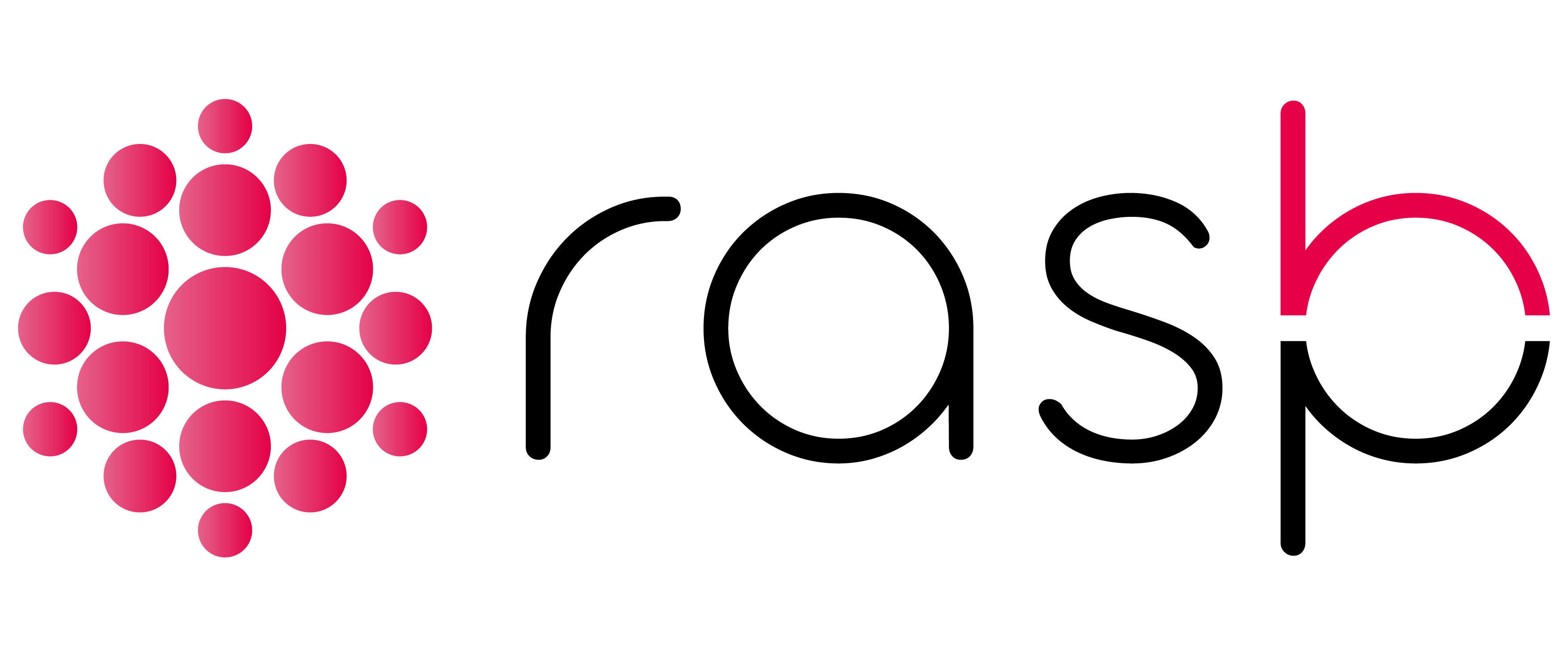Le EIC Accelerator blended financing (anciennement SME Instrument Phase 2, subvention et capitaux propres) a introduit une nouvelle étape dans le processus de candidature en 2021 qui fait office de mini-proposition appelée Étape 1 (lire : Réinventer le EIC Accelerator). Il comprend des documents tels qu'une demande de subvention écrite, un pitch vidéo et un pitch deck qui doivent être soumis à la plateforme d'IA European Innovation Councils (EIC) (lire : Examen des outils d'IA).
Avec ce changement, le EIC Accelerator comporte désormais trois Étapes à franchir, à savoir l'Étape 1 (candidature courte), l'Étape 2 (candidature complète) et l'Étape 3 (entretien en face à face) (lire : Recommandations pour l'EICA), mais de nombreuses startups et petites et moyennes entreprises (PME) ne savent pas exactement ce que signifient ces étapes ni quels délais et délais y sont associés.
À titre de petit guide, les candidats peuvent se référer aux notes suivantes :
- Étape 1 est une courte candidature qui peut être préparée en moins de 30 jours et peut être soumise à tout moment sans date limite fixe (lire : Flux de travail vidéo de présentation)
- Étape 2 est une très longue candidature qui ne peut être soumise que si (je) L'étape 1 a été approuvée et (ii) l'EIC a publié un délai fixe. En 2021, il y a eu deux coupures, à savoir juin et octobre. Le délai minimum pour préparer la demande d'étape 2 doit être de 60 jours, mais un délai plus long est recommandé.
- Étape 3 est un entretien en face-à-face qui utilise le pitch deck soumis à l'étape 2. Il n'est disponible que pour les projets qui ont été approuvés à l'étape 2 et les dates de cette étape sont fixées juste après la publication des évaluations de l'étape 2 ( c'est-à-dire la semaine du pitch). La préparation de cette étape peut être réalisée en 14 jours.
Que développer seul et quoi externaliser
Il n’existe pas de règle générale quant au moment où un consultant ou un rédacteur professionnel doit être engagé ou s’il est nécessaire d’en faire appel. Les modèles de propositions officiels, le programme de travail et les lignes directrices (c'est-à-dire pour le fonds EIC et l'outil IA) sont accessibles au public, ce qui signifie que chaque entreprise est techniquement en mesure de postuler seule.
Des considérations doivent être prises concernant les ressources disponibles et le calendrier de rédaction de la subvention. Pour l’étape 1, l’effort est relativement faible :
Avantages du développement de l'étape 1 en interne
- L'étape 1 nécessite relativement peu de temps
- L'étape 1 est relativement facile à développer
- Aucun argent n'est gaspillé si le projet ne convient pas au EIC Accelerator (c'est-à-dire que certains cabinets de conseil intégreront les cas à faible succès)
- Contrôle total sur le résultat
Avantages de l’embauche d’un consultant
- Un consultant peut façonner le projet et le rendre plus impactant tout en évitant les signaux d'alarme
- Faire partie de l'étape 1 simplifiera le processus de l'étape 2
- Optimiser la notation automatisée sur la plateforme AI en fonction de l'expérience
- Gain de temps
- Contact étroit avec l'EIC pour se préparer aux changements inattendus
- Les consultants soumettront à nouveau une proposition si elle est rejetée, tandis qu'un projet rejeté aura du mal à embaucher un consultant.
Les inconvénients de chaque approche sont inversés, ce qui signifie que l’avantage de faire appel à un consultant sera l’inconvénient de préparer une candidature seul. Pour l’étape 2, la comparaison serait la suivante :
Remarque : La comparaison pour l'étape 2 suppose que les candidats ont eux-mêmes postulé avec succès pour l'étape 1 et envisagent d'embaucher un partenaire pour l'étape 2.
Avantages du développement de l'étape 2 en interne
- Économies de coûts
- Contrôle total sur le résultat
Avantages de l’embauche d’un consultant
- Un consultant peut façonner le projet et le rendre plus impactant tout en évitant les signaux d'alarme
- Organiser le développement du projet et la collaboration entre l'équipe de direction pour respecter les délais
- Gain de temps
- Contact étroit avec l'EIC pour se préparer aux changements inattendus
Il existe une variété de considérations à prendre en compte parallèlement aux compromis généraux liés à l’embauche d’un cabinet de conseil répertoriés ci-dessus. L’un d’eux est la manière dont les entreprises évaluent leurs propres capacités et la façon dont elles jugent les efforts qu’elles ont déployés.
Il n'est pas rare qu'un consultant soit contacté par un client souhaitant postuler seul à l'étape 1 tout en mentionnant avec désinvolture qu'il a obtenu un score. B ou C dans tous les segments des outils d'IA même si le projet est hautement qualifié pour le EIC Accelerator. Ce n’est pas parce que l’étape 1 est relativement facile à préparer qu’il s’agit d’un fruit à portée de main. Il faut consacrer des efforts importants à la préparation de la candidature, quelle que soit sa simplicité.
Oui, l'EIC souhaite faciliter la tâche des candidats et leur éviter de perdre leur temps sur une longue candidature s'ils n'ont aucune chance de réussir. Mais cela ne signifie pas que les évaluateurs obtenir un projet avec un minimum d'apport ou lire entre les lignes.
Les entreprises très occupées pensent souvent que préparer une candidature rapide sera assez bien mais cela ne s'applique pas aux subventions EIC. Une entreprise doit être prête à faire un effort supplémentaire avec sa candidature et à remplir chaque section avec un maximum d'attention et d'efforts.
Conclusion
La meilleure façon de répondre à la question de savoir quand un consultant devrait être engagé serait d'abord de décider si une préparation de proposition en interne est une option (c'est-à-dire disponibilité de temps, personnel qualifié). Deuxièmement, l'entreprise doit consulter des cabinets de conseil pour déterminer si le projet a des chances de succès (c'est-à-dire que plusieurs avis sont recommandés puisque certains cabinets de conseil ne sont pas assez sélectifs).
Troisièmement, l'entreprise doit peser les compromis de la rédaction de propositions en interne, à savoir les exigences de temps intenses, en particulier pour l'étape 2, mais également la charge de travail de l'équipe de direction, qui pourrait être mieux avisée de se concentrer sur les tâches pertinentes pour l'entreprise plutôt que sur la rédaction.
À propos
Les articles trouvés sur Rasph.com reflètent les opinions de Rasph ou de ses auteurs respectifs et ne reflètent en aucun cas les opinions de la Commission européenne (CE) ou du European Innovation Council (EIC). Les informations fournies visent à partager des points de vue précieux et peuvent potentiellement informer les candidats sur les programmes de financement de subventions tels que la transition EIC Accelerator, EIC Pathfinder, EIC ou des programmes connexes tels que Innovate UK au Royaume-Uni ou la bourse Small Business Innovation and Research (SBIR) aux Etats-Unis.
Les articles peuvent également constituer une ressource utile pour d'autres consultants dans le domaine des subventions ainsi que pour les rédacteurs de subventions professionnels embauchés en tant qu'indépendants ou faisant partie d'une petite et moyenne entreprise (PME). Le EIC Accelerator fait partie d’Horizon Europe (2021-2027) qui a récemment remplacé le précédent programme-cadre Horizon 2020.
- Contactez-nous -
Articles EIC Accelerator
Tous les pays éligibles au EIC Accelerator (y compris le Royaume-Uni, la Suisse et l'Ukraine)
Expliquer le processus de resoumission pour le EIC Accelerator
Une explication courte mais complète du EIC Accelerator
Le cadre de financement à guichet unique de l'EIC (Pathfinder, Transition, Accelerator)
Choisir entre EIC Pathfinder, transition et accélérateur
Un candidat gagnant pour le EIC Accelerator
Le défi des appels ouverts EIC Accelerator : les innovations MedTech dominent
Zombie Innovation : financement EIC Accelerator pour les morts-vivants
Smack My Pitch Up : Changer l'orientation de l'évaluation du EIC Accelerator
Piloter le EIC Accelerator : leçons tirées du programme pilote
Qui ne devrait pas postuler au EIC Accelerator et pourquoi
Le risque de présenter tous les risques dans le programme EIC Accelerator à haut risque
Comment préparer une resoumission EIC Accelerator
Comment préparer une bonne candidature EIC Accelerator : conseils généraux sur le projet

